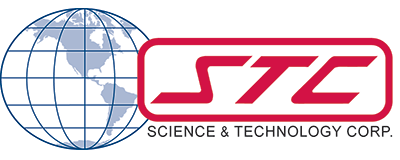Meet our STC Management Team…
STC CORPORATE
Chand Deepak – Chief Executive Officer
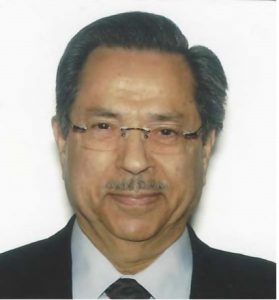
Mr. Deepak is the President & CEO of Science and Technology (STC). Prior to joining STC in 1988, Chand was a Staff Director at Amoco Corporation, now a part of BP p.l.c. He has an MBA from the University of Chicago, MS in Chemical Engineering from the University of Florida, BS in Chemical Engineering from Indian Institute of Technology (Madras) and BS in Chemistry from Delhi University.
Gary Bowden – VP of Finance / Chief Financial Officer
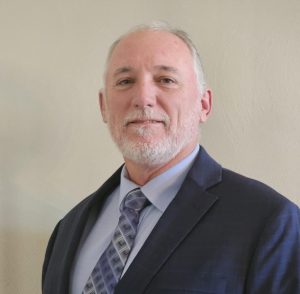
Gary Bowden is the VP Finance and CFO of Science and Technology Corporation. Gary has over 30 years of experience in finance and accounting and has worked for several government contractors during his career. He has a BS in Accounting and Computer Science from the University of Rio Grande in Ohio.
STC SCIENCE AND ENGINEERING GROUP (SEG)
Hal Bloom – Senior Vice President / Managing Director of the SEG
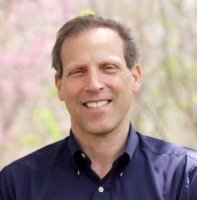
Mr. Bloom is the Senior VP of STC’s Science and Engineering Division; which he has held since 2011. He is responsible for the various NASA, NOAA, and select DoD programs supporting data systems, software engineering, sensor and system fabrication, algorithm development, and research programs. Prior to coming to STC, Mr. Bloom was a NOAA SES manager and senior scientist. As GOES-R and NPOESS Deputy PM he managed a 1000+ person multi-agency workforce responsible for the space and ground system development for these two flagship missions. Mr. Bloom was Payload Manager for development and engineering activities on NPOESS/NPP and Instrument Manager for CrIS. He led a team developing the initial CrIS and VIIRS algorithms for the exploratory NPOESS and NPP mission products. Mr. Bloom received an M.S. in Atmospheric Science from the University of Maryland, has an extensive publication list, and has been honored with numerous performance and achievement awards from NASA, NOAA, other Federal agencies, and industry.
Dylan Powell, PhD – Director of NASA and NOAA Business Development and Operations
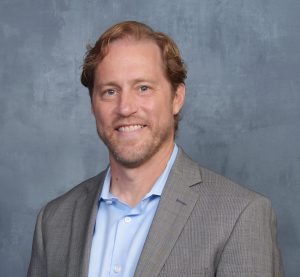
Dr. Powell is STC’s Director for NASA GSFC and NOAA Business Development and Operations. He is also the proposed Project manger for the GSFC code 600 ATMOS project. In his capacity, he is responsible for the pursuit of new business in the weather and Earth science enterprise, where our primary customers are NOAA and the NASA Earth Science. He is responsible for strategic planning and investment, customer relations, strategic partnerships, capture management, and marketing & analysis activities. Dr. Powell previously managed strategy and business development for Lockheed Martin Space’s Weather and Earth Science market segment. Prior to joining Lockheed Martin, Dr. Powell served as the Executive Secretariat for the NOAA Transition of Research to Application Board directly supporting the Associate Administrator for the Office of Program Planning and Integration. Dr. Powell was conferred his Master and Ph.D. degrees in Atmospheric Physics at the University of Maryland Baltimore County (UMBC) where his research focused on space-based microwave remote sensing of snow and sea ice in the polar regions. He was a graduate fellow as part of the UMBC/NASA Goddard Space Flight Center (GSFC) Joint Center for Earth Systems Technology (JCET) program.
Jeffrey Jordan, PhD – Director of NASA Business Operations
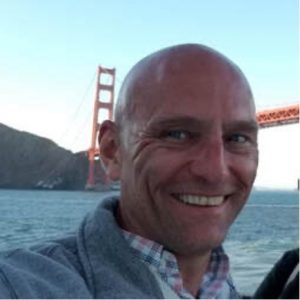
Dr. Jordan directs STC’s NASA operations and business development activities with examples including the prime AEMMS contract at the NASA Ames Research Center and subcontract on the ETSS contract at the NASA Armstrong Flight Research Center. Prior to joining STC in January of 2020, Dr. Jordan led business development activities in the civil sector for ASRC Federal (2015 – 2019) after serving in Chief Operating and Chief Strategy Officer roles for AMA (2010 – 2015), which included leading business development efforts and serving as program manager (PM) on the TEAMS 3 contract at the NASA Langley Research Center (LaRC). Dr. Jordan was the TEAMS 2 PM for ATK (2008 – 2010), VP Technology for a nanotechnology start-up company, NanoDynamics (2006 – 2008), and Manager of the Semiconductor Electronics Materials Group at Praxair (2005 – 2006). Dr. Jordan held multiple leadership roles as a civil servant at NASA LaRC (1999 – 2005) including Team Lead of the Advanced Chemistry Group, Project Manager in the Vehicle Systems Program, and Assistant Branch Head. Dr. Jordan began his career at ISSI as Senior Scientist and PM leading multiple NASA SBIR/STTR programs and the commercialization of the resulting technologies. Dr. Jordan received a Ph.D. degree in Analytical Chemistry (1997) and B.S. degree in Chemistry (1993) from the State University of New York at Buffalo. Dr. Jordan authored over 30 peer-reviewed papers, 17 patents, and presented more than 70 scientific presentations at national and international conferences.
Mark LaJoie – Director of NOAA Business Operations
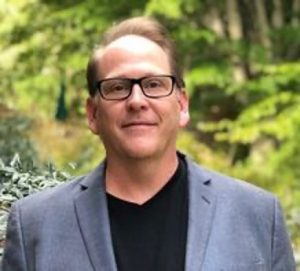
Mr. LaJoie directs STC’s NOAA work, developing new business and providing oversight for all of our current contracts under all NOAA line offices. Prior to transitioning to his current role with STC in 2017, Mr. LaJoie supported NOAA’s Technology, Planning, and Integration for Observation (TPIO) activity for several years. At TPIO, he managed the STC contract team, served as Executive Director for the NOAA Observing Systems Council (NOSC), supported US Group on Earth Observations (USGEO) activities, and led the observing requirements team. Mr. LaJoie also served in the US Air Force for 20 years, primarily as a weather officer. He commanded units at the flight, squadron, and group levels and served at multiple locations in the U.S., Europe, the Pacific region, and deployed/austere locations in the Middle East. His USAF career culminated in a Joint Chiefs of Staff tour at the Pentagon, as DoD’s senior joint meteorological and oceanographic officer. Mr. LaJoie earned a BS in Atmospheric Sciences (Creighton University), an MA in Geography (University of South Florida), and an MS in Meteorology (Naval Postgraduate School).
Mark Schoeberl, PhD – Chief Scientist
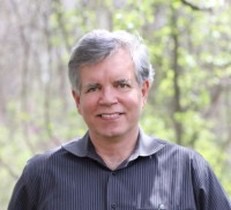
Dr. Schoeberl specializes in stratospheric processes including wave dynamics, ozone depletion, cloud physics, and trace gas transport. He has over 210 referred publications, over 8500 citations in atmospheric science journals (Hirsch Index 50) and one patent. He retired from NASA in 2009. He was previously the Aura and UARS Project Scientist. He is a Fellow of the American Geophysical Union (1996), the American Association for the Advancement of Science (1996), and the American Meteorological Society (1996). He was awarded Goddard’s William Nordberg Memorial Award for Earth Sciences (1998), NASA’s Exceptional Scientific Achievement Medal (1991), NASA’s Outstanding Leadership Medal (1996) and Distinguished Service Award (2000). Dr. Schoeberl received a B.S. in Physics from Iowa State University in 1970 and received his Ph.D. in Physics at the University of Illinois in 1976. He grew up in Iowa.
Chris Barnet, PhD – Chief Scientist
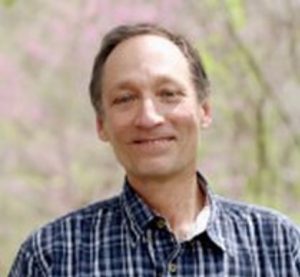
Dr. Barnet received a B.S. degree in electronics technology (1976) and M.S. degree in solid state physics (1978) from Northern Illinois University, DeKalb. In 1990 he received his Ph.D. degree from New Mexico State University, Las Cruces in remote sensing of planetary atmospheres. His postdoctoral research focused on ultraviolet, visible, and near-infrared observations of the outer planets using a wide variety of instruments on-board the Voyager spacecraft and the Hubble Space Telescope. Since 1995 he has worked on advanced algorithms for terrestrial hyper-spectral infrared and microwave remote sounding for both NASA and NOAA. In 2013 he joined Science and Technology Corporation to support new applications for these advanced algorithms and now serves as the Joint Polar Satellite System (JPSS) Program Science subject matter expert for hyperspectral IR soundings. In 2014 he was also selected at the NASA Suomi National Polar-orbiting Partnership (NPP) science team discipline lead for development of long-term datasets from the Suomi-NPP sounding instruments.
Martin McHugh – Chief Engineer
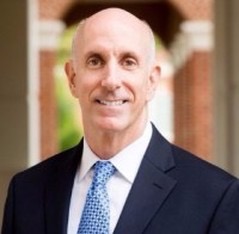
Mr. McHugh directs STC’s work at NASA Langley Research Center, where he provides oversight for STC on the EMCHFSS-II, LSATS, and TEAMS-II contracts. Prior to joining STC, Mr. McHugh was Chief of Operations at GATS in Newport News, VA, where he maintained oversight of the company’s multiple support contracts and assisted in commercializing new technologies. Prior to his management roles, Mr. McHugh worked as a senior scientist supporting NASA’s HALOE, SABER and SOFIE satellite instruments, as well as the International ACE/SciSat mission. Mr. McHugh was the architect and lead programmer for the commercial website spectralcalc.com, an atmospheric radiative transfer tool used by scientists around the world. Before coming to the NASA community, he was a Research Physicist at the Naval Research Laboratory in Washington DC where he developed next-generation infrared satellite instruments and atmospheric propagation codes. Mr. McHugh has an extensive research publication list, an MS in Physics from Wake Forest University (1983) and has been honored with a number of NASA and Navy service, patent, and research publication awards.
STC DEFENSE GROUP
Harry Quinn – Vice President of the Defense Group
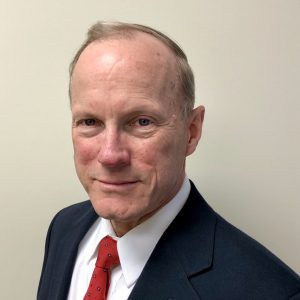
Harry Quinn was named VP of STC’s Defense Group in 2014. He is responsible for leading and managing Department of Defense (DoD) programs supporting chemical and biological warfare defense (CBD), geographic information systems (GIS), sensor development and integration, software and algorithm development (including AI/ML), and military systems testing. Prior to STC, Mr. Quinn worked for other defense contracting companies and managed numerous high-valued contracts supporting CBD scientific research, development, test and evaluation programs. Mr. Quinn is a retired U.S. Army Chemical Corps and Acquisition Corps Officer. He received an M.S. in Analytical Chemistry from the University of Maryland, and Level III professional certifications in Program Management and Systems Planning, Research, Development and Engineering. He taught at the U.S. Naval Academy and supported Army international R&D efforts.
